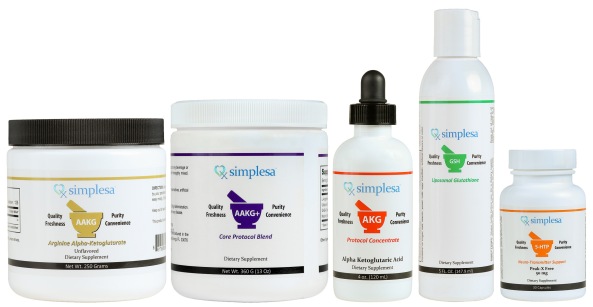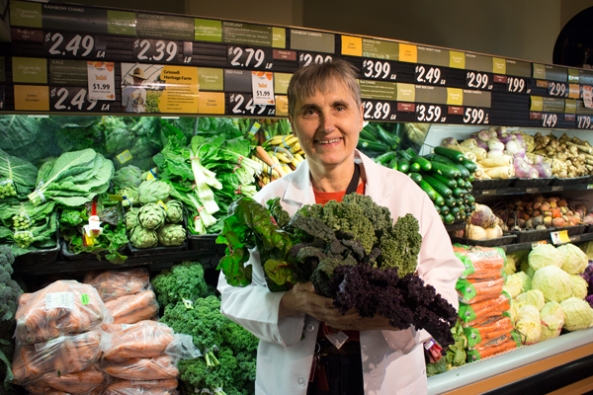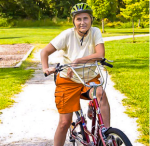Clarence – coconutoil.com
January 14, 2015
 Introduction
Introduction
I am not raising money or selling anything. I have ALS and want to share things that have helped me.
Philosophy
I think it’s important you know my philosophy before reading on. A wise man (my father) would always say to me when something was broken; “Fix it with what’s available to you! What do you have to lose by trying?”
That’s how I see my ALS. I have a choice. I can sit and wait for others, such as medical/research groups, to find a way to fix my problem, which hasn’t happened. Or, I can try with what is available to me.
That’s what I have chosen to do: to TRY! Fortunately, I’ve experienced improvements. Maybe the improvements are only 10% to 20%, but that’s more than I had before. I believe I can still get more, but it won’t happen unless I keep trying! If you feel that way too, please read on.
Basic Data
I am 62 with FALS (Familial Amyotrophic Lateral Sclerosis); inherited from my mother who died in 1987, about 8 years after its onset. I began showing signs in early 2007, and was officially diagnosed with FALS in September, 2008.
Because I believed there was nothing I could do to change the outcome, I just sat down to wait for the end. Then in late 2009 I read some things that caused me to think, “Dad was right, what do I have to lose by trying something outside the box!”
I’ve been taking magnesium chloride/water mixture since September 15th of 2009. I currently take 4 ounces per day (2 in the morning and 2 in the evening). I also started taking coconut oil on October 31, 2009. I started with 4 tbsp. per day the first month. I then went to 6 the second month, and upped it to 8 the third month. One coconut oil webpage said 4 tbsp. per day was for “NORMAL” people. I didn’t think with ALS I was normal. I now take 9 tbsp. per day (3 at each meal mixed into my food.) This is the only way I can take it. Straight causes me throat problems!
After reviewing another coconut oil webpage I started massaging coconut oil on my bad leg twice a day. The result from December 16, 2010 to January 31, 2011 was a 3/8” thigh circumference increase and improved strength. This was surprising so I am now massaging the entire leg, ankle and foot, focusing on any sore spots.
Following are specific details.
A. Before Taking Coconut Oil and Magnesium Chloride: (Nov. 4, 2009)
Difficulty walking due to weakness in right leg; had to use canes to walk.
Right leg felt asleep and non-responsive when walking or trying to move it.
Right thigh muscles shrunken so bones could be easily felt through muscles on underside.
Had “drop-foot”. Could not tip right foot up or down, nor pivot it side to side as much as left.
When sitting could not raise right thigh off the chair.
Extreme difficulty putting right shoe on.
Right ankle very purple and bruised almost all the way around it.
When lying face down on stomach with legs outstretched; unable to raise my right foot.
Extreme difficulty rolling over in bed because right leg could not move on its own.
Right leg could not push downward at all.
Very thick saliva at night.
Excessive yawning.
Nearly constant muscle vibrations in entire right leg; some in left leg and upper right arm.
Cannot walk on toes of right foot.
B. Changes Since Taking Coconut Oil and Magnesium Chloride Daily: (January 28, 2011)
Right leg and foot have same feelings as left.
Increased strength and size in front muscles of right thigh but still weakness in buttocks, back thigh muscles, and muscles affecting knee.
Left leg strength and size increased.
Can stand on right leg a little longer because it has gained strength.
Can move right foot and toes up and down, and tap foot to music.
Can pivot right foot inward and outward some.
When sitting; can pull right foot backwards, although not yet as far as the left.
When sitting; able to raise right thigh upward to put on pants.
Less difficulty putting right foot into a shoe.
Bruised appearance of right ankle almost gone.
When lying face down on stomach with legs outstretched; can begin to raise my right foot.
Normal yawning.
Can roll over in bed with minimum difficulty.
Can push downward with right leg.
Muscle vibrations in legs and right arm only happen occasionally and only during the day.
Still have slight twitching in right thigh and buttocks. (Hopefully it’s muscles waking up).
Conclusion
Thus far my ALS progression is much slower than my mother’s. For both of us the first muscles to be affected were the ones that allow you to run (buttocks, thigh, and knee muscles, etc.). At this time some of these muscles are still not responsive. The reason could be because the nerve cells are slow to wake up from their 2+ years of sleep!
I have had positive improvements from adding coconut oil and magnesium chloride to my diet. It’s the only change I’ve made. I believe the coconut oil and magnesium chloride has slowed, and partially reversed the progression of my ALS. Therefore, I plan to keep going on the diet. I also plan to continue massaging my right leg with coconut oil, and tracking my changes, good or not so good, monthly to see what happens! What do I have to lose?
NOTE: Although some information out there says coconut oil increases cholesterol levels, my January 2011 blood test levels were very good.
Update 2012
According to my doctors my annual EMG on March 6th 2012 showed no changes from last year. They said the progression had either stopped or was almost stopped, and that I should keep doing what I’ve been doing!
Since taking these things I’ve had enough positive changes that my doctors are confused, because they know there is supposedly nothing that helps people with ALS. Now they say I have “a form of ALS called Benign Monomelic Amyotrophy.” So I asked them if there was anything to help people with that disease, and they said NO. Then I asked “Why have some of my muscles gotten larger and stronger?” THEY HAVE NO ANSWER! All they say now is “keep doing whatever you’re doing.” So I am!!! I no longer have a drop-foot, no muscle cramps, etc. However, some of the first muscles to go have not responded yet, but I’m not giving up on them.
Read More >>>
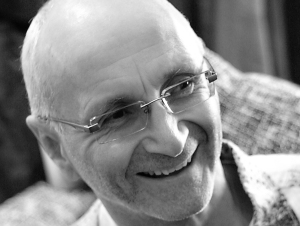
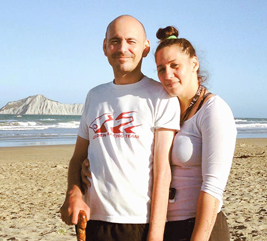
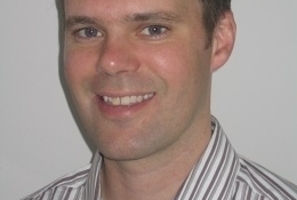

 Introduction
Introduction